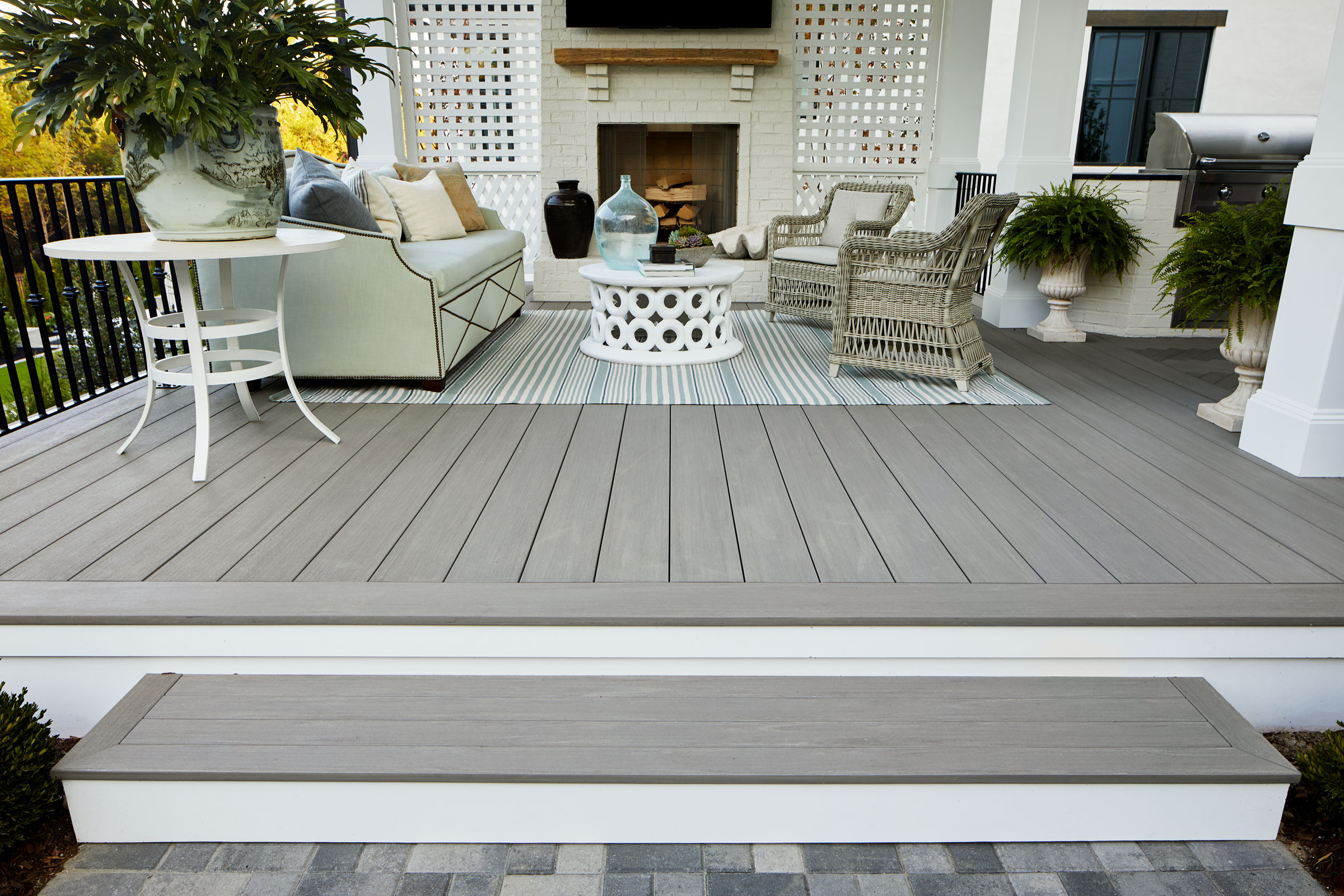The future of decking is poised for a remarkable transformation as innovative composite solutions continue to revolutionize the way we build and enjoy outdoor spaces. Traditional wood decking has long been the go-to choice for homeowners and builders, but it comes with several drawbacks, such as susceptibility to rot, warping, and constant maintenance. Composite decking, on the other hand, is rapidly gaining ground as the decking material of the future, and it’s easy to see why. One of the key advantages of composite decking is its exceptional durability. Unlike wood, composite materials are engineered to withstand the harshest of weather conditions, from scorching sun to torrential rain, without fading, cracking, or splintering. This longevity is a game-changer for homeowners, as it means an end to the arduous task of annual sanding, staining, and sealing that wood decks demand. Moreover, composite decking is highly resistant to pests, such as termites, which can wreak havoc on wooden structures. In conclusion, the future of decking is bright and promising, driven by innovative composite solutions that address the shortcomings of traditional wood decking.

Innovation in composite decking has also brought about a significant leap in aesthetics. Modern composite boards now come in a vast array of colors, textures, and finishes that mimic the natural beauty of wood, providing homeowners with options that suit their personal style and the design of their outdoor space. Plus, advancements in manufacturing techniques have allowed for more intricate and realistic wood grain patterns, further blurring the line between composite and hardwood decking. Sustainability is another crucial factor shaping the future of decking. Many composite decking materials are now made from a combination of recycled wood fibers and plastic, diverting waste from landfills and reducing the need for virgin resources. This eco-friendly approach aligns with the growing demand for sustainable building practices and the desire to minimize the environmental footprint of construction projects. Furthermore, composite decking’s long lifespan means less frequent replacements, contributing to resource conservation in the long run.
The future of decking will also be marked by an increasing focus on user convenience buy composite decking. Composite decking’s low maintenance requirements are already a significant advantage, but new innovations are taking this a step further. Some composite decking brands now offer integrated lighting options, hidden fastening systems, and even remote-controlled features that allow homeowners to adjust lighting and other elements of their deck with the touch of a button. These enhancements not only enhance the functionality of outdoor spaces but also add an element of luxury and customization. Safety is a paramount concern in deck construction, and the future of decking materials will prioritize this aspect. Composite decking’s slip-resistant surface, coupled with its resistance to splintering, makes it a safer option for families with children and pets. Additionally, innovations in fire-resistant composite materials are emerging, offering peace of mind for homeowners in regions prone to wildfires.

